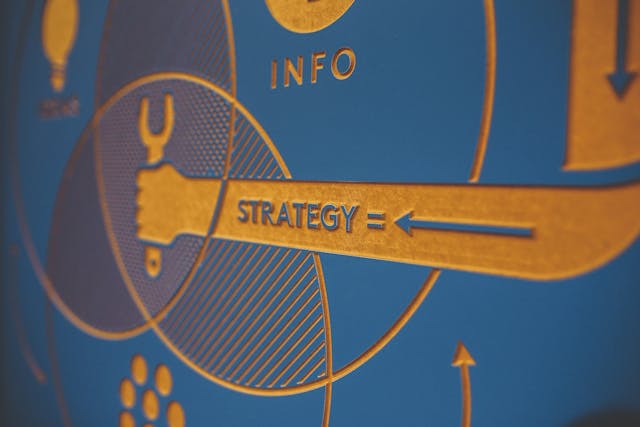The Rumsfeld Matrix as an effective tool in the decision-making process
During a briefing on the Iraq War, Donald Rumsfeld divided information into 4 categories: known known, known unknown, unknown known, unknown unknown. ...

The modern world is developing and becoming smarter. At the same time, data is becoming a key tool for gaining a competitive advantage. The quality of data and analytics use, and the latest technologies introduction directly affects business competitiveness.
Data is a valuable business asset that transforms workflows. Almost every company, no matter the size, should be involved in data-related activities. In this case, each such company must have a clear and effective strategy for working with data.
It is essential to start working with data with a strategy. At the moment, part of the business and their leaders are simply collecting as much data as possible, because of the hype around Big Data. However, they do not think for what purpose they are doing it. The second part of the business is so overwhelmed by the data provided opportunities that they deliberately move away from solving this issue.
At the stage of developing a strategy, firstly it is important to understand what the company wants to achieve and what data can help to do it. It does not matter at all what data is already collected and is being collected now, what data are collected by competitors, what type of data is available. Data can only be useful if it meets specific business needs, helps achieve a goal, and thus creates value. Therefore, to avoid collecting useless for a particular business data, it’s necessary to focus on the goals, problems and issues that need to be solved with the help of the data.
Many companies use data processing strategies in areas of business such as marketing and sales. However, this is not enough – a plan is needed for the entire company. There is also a perception among executives that data and analytics are IT department’s responsibility. That is, managers are shifting responsibility to IT specialists. In fact, it doesn’t have to be that way. The responsibilities of IT technicians include storage, ownership, access, and data integrity based on strategic goals set by business leaders.
Key points in data strategy development: